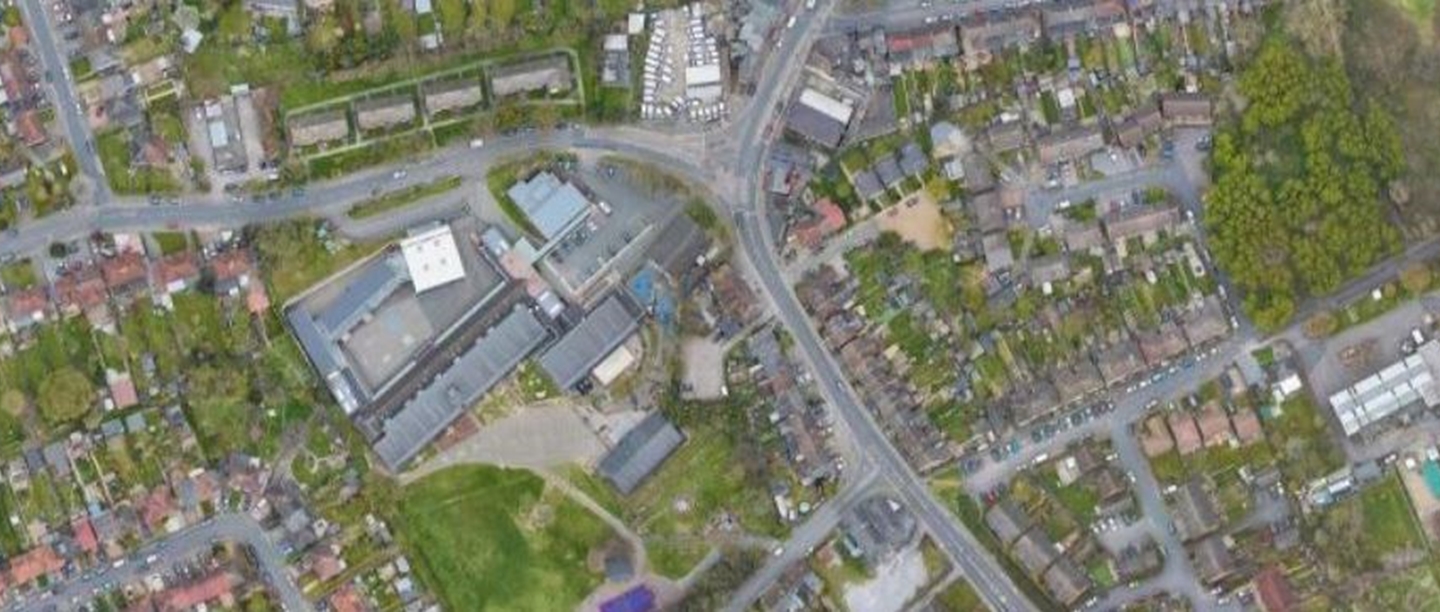What did the Villa Look Like?
Archaeologists have excavated at Wilmington Villa twice to find out more about what it looked like in Roman times. In 1886, lots of tiles were found near the Orange Tree Inn, as well as foundations for wide rooms and narrow passages.
In 1975, archaeologists found evidence of an aisled building that they thought could be a stable. They also found evidence of a hypocaust (central heating) system and some painted plaster. This could mean that there are more richly decorated rooms still buried under Hawley Road.
Evidence at the Villa
The aisled building archaeologists discovered in 1975 was linked to another building. Some pottery was found at the west end of the hall and part of a hypocaust system. To the north of the villa complex, archaeologists found evidence of a water channel (now dried up), which probably supplied the villa's water during Roman times. This could have been a tributary of the river Darent. We don't know much about how the villa buildings developed, but archaeologists believe that people lived at Wilmington between the 2nd and 4th century AD.
Animal bones found at Wilmington Villa suggest that horses, oxen, pigs, dogs and sheep or goats were kept on the villa estate. It’s likely that a large building with thick walls found here was a stockyard with stables or cowsheds. There were solid tile bases along the wall to support timber posts which held up a tiled roof.
Crafts and Skills at the Villa
The painted plaster and hypocaust system at Wilmington Villa suggests that the people who lived there were quite wealthy. Pottery and coins found at the villa suggest that people lived there between the 2nd and 4th century AD.
Farming was an important part of life in the Darent Valley. Livestock like cows, pigs and sheep were likely raised and kept at Wilmington for meat, milk, wool and leather.
Activity Idea
SCIENCE
Use our food timeline to compare and contrast the foods that were eaten in Britain before, during and after the Roman period. What do you notice?
Think about how the Roman diet compares with our recommended diet today. You could illustrate the difference by drawing a food plate showing the different types of foods eaten by the Romans and compare this with a modern food plate diagram.
View our food timeline